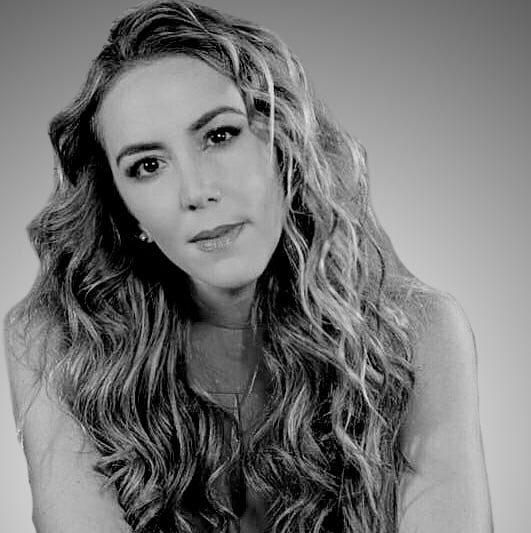The options are few: choose to take children to school and thereby risk them to a third wave of Covid-19, which until August 8 has left 613 deaths and 60,928 childhood infections in Mexico according to the Ministry of Health ; or that they remain at home and thereby increase their stress, anxiety, despair and emotional exhaustion when they are in front of a screen with no greater social interaction than that of the family nucleus, overcrowded, without physical activity and educationally lagging behind, as reported by the Citizen Council for Security and Justice of Mexico City.
What a great responsibility! And faced with this, the parents do not have a government guide since the president, Andrés Manuel López Obrador, has said that it is a voluntary return; The health authorities, in the voice of the Undersecretary of Health, Hugo López-Gatell, consider that “the level of mortality in children and adolescents is very low”, which of course is far from the lines of people trained outside the care hospitals child, at least in Mexico City.
The children are overwhelmed, tired, there is already a generation that does not know their school staff, or their classmates; This will surely impact every aspect of your life and will add to the emotional and affective marks left by the pandemic.
How we miss those times when the biggest concerns about going back to school were the prices of notebooks and the second rows of cars outside of schools. Today, the great concern is making a decision that can be life-threatening, not only due to a Covid-19 infection, but also due to the great pressure on minors when taking distance classes.
According to the Infobae agency, 11 countries in the world, including Canada, the United States, Argentina, Spain, France, Germany and even India with a high degree of mortality have already returned to face-to-face classes or are subject to the number of cases, Although in none of these nations has it been possible to curb contagion among minors, who in turn have a greater probability of spreading the virus to other people in their homes, according to a recent study by the Canadian Public Health Agency.
Mexico cannot compare its educational infrastructure with countries like the United States or Canada, on the contrary, the lag is such that in schools there are no decent sanitary facilities, no dining rooms, much less cross ventilation or ample facilities. The classrooms of the government schools are chambers packed with 30 or 40 students who do what they can not to drop out.
Parents face confusion and without much support, government agencies such as the SEP, for example, published a responsive letter to attend classes under the risks that this implies; later, its owner Delfina Gómez, retracted and rejected that possibility.
On the other hand, there are 25.6 million students of basic education in Mexico whose activities move an important sector of the economy: their presence in the classrooms would bring a respite to entrepreneurs in branches such as the paper industry, the manufacture of uniforms, transportation, food and shoe shop.
Faced with such a dilemma, there is the option: staggered return, which of course, in the vast majority of institutions, the parents will have to organize and be responsible (again) since there is no general guideline.
Likewise, they may take into account the opinion of international organizations such as the United Nations Children’s Fund (UNICEF) in Mexico, which considered that children should return to face-to-face classes, with the necessary health measures to avoid contagion of Covid- 19, which he considered “a gesture of value from Mexico to the world”, but who being a parent wants to offer that example of courage if the life of a child is involved.


